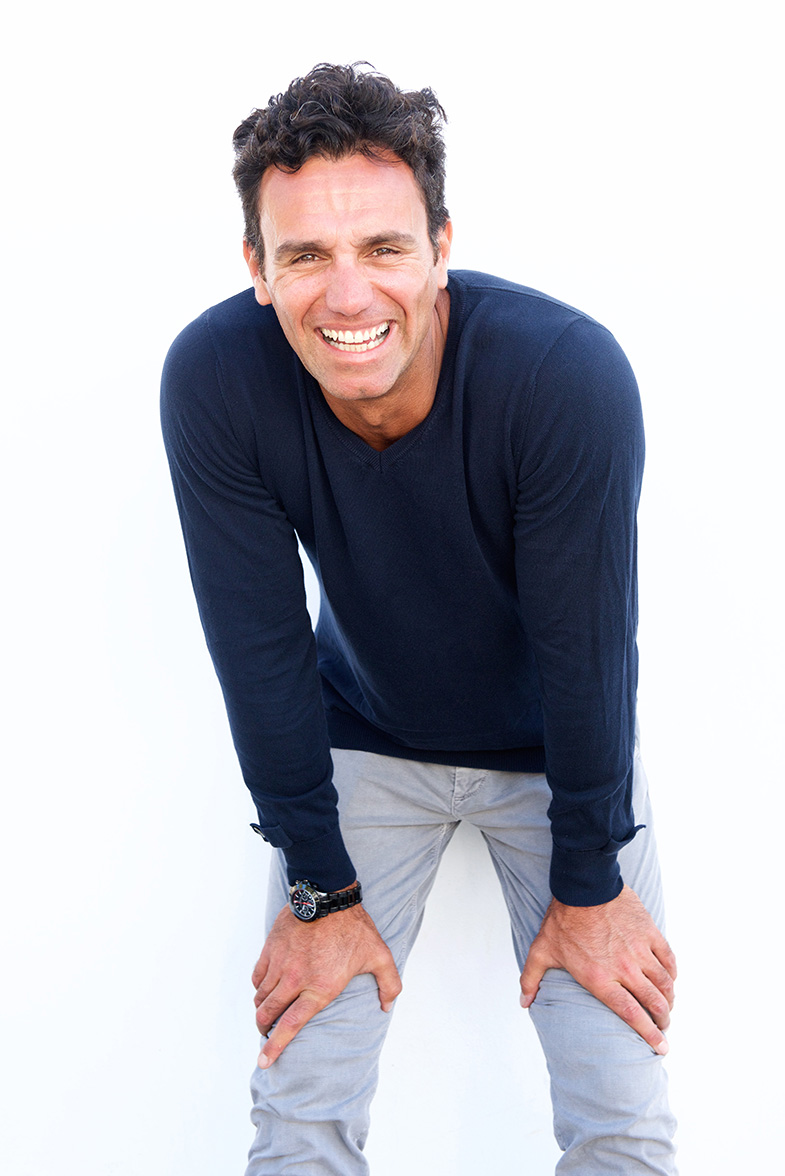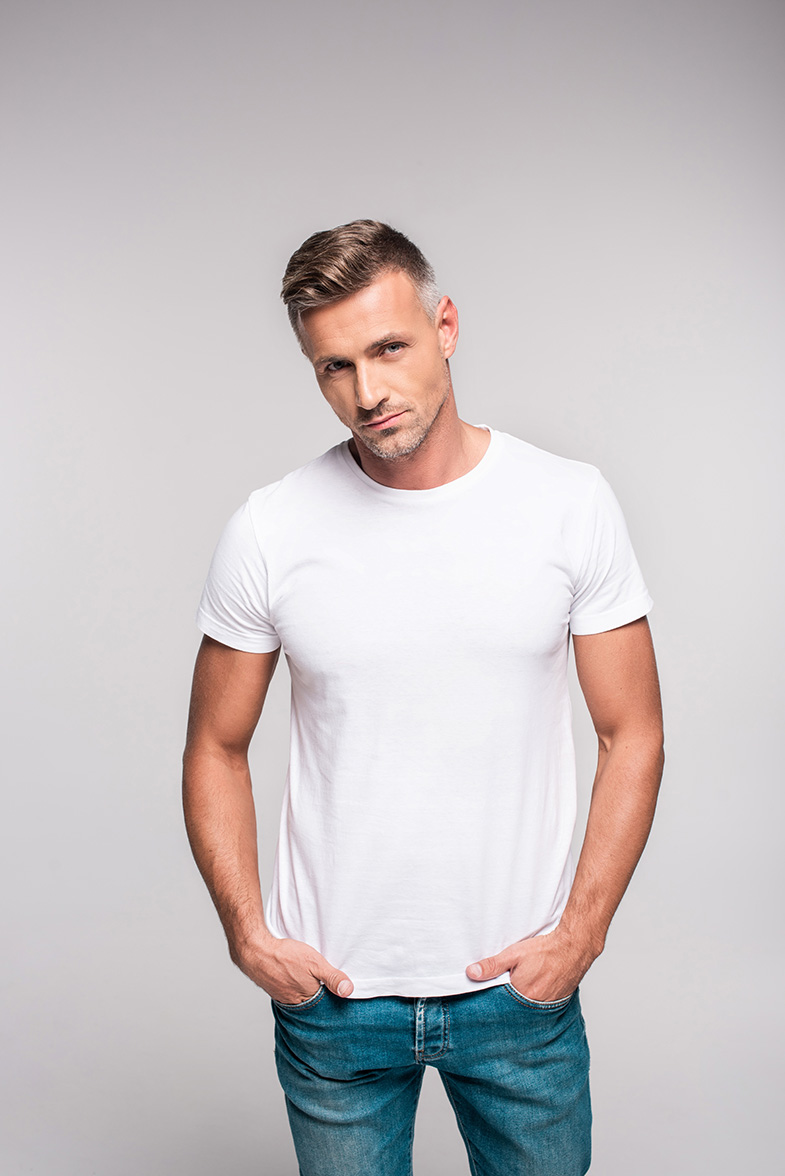
Benefits of TRT
TRT can potentially offer several benefits for men with low testosterone, such as:
- Improved mood and mental health, reducing symptoms like depression and anxiety.
- Increased muscle mass and bone density, lowering the risk of osteoporosis.
- Enhanced libido and sexual function.
- Reduced fatigue and increased energy levels.
- Potential positive effects on cardiovascular and metabolic health.
- Improvements in cognitive function and attention span.
Potential side effects and risks
While TRT can be beneficial, it’s crucial to be aware of the potential side effects and risks, which may include:
- Acne or oily skin.
- Fluid retention and swelling in the ankles.
- Prostate stimulation, potentially causing urinary symptoms.
- Breast enlargement (gynecomastia) or tenderness.
- Worsening of sleep apnea.
- Testicular shrinkage.
- Decrease in sperm count, potentially leading to infertility.
- Increase in red blood cell count, potentially increasing the risk of blood clots.
- Skin irritation from topical applications.
Important considerations:
- TRT isn’t recommended for everyone and is generally not approved for age-related testosterone decline without a diagnosed medical condition.
- Men with a history of prostate cancer, breast cancer, or severe heart failure should avoid TRT.
- Close monitoring of testosterone levels, prostate health (including PSA), and red blood cell count is essential during TRT.
- Long-term effects of TRT are still under investigation, and some studies have shown mixed results regarding cardiovascular risks.
- Consulting with a qualified healthcare professional is crucial to determine if TRT is the appropriate treatment option based on individual health history and needs.
IMPORTANT NOTE: This is for informational purposes only. For medical advice or diagnosis, consult a professional.
HORMONE REPLACEMENT FOR MEN
Hormone Replacement Therapy (HRT) for men, also known as Testosterone Replacement Therapy (TRT), is a medical treatment primarily used to address low testosterone levels. It aims to restore hormonal balance and alleviate symptoms associated with testosterone deficiency, a condition called male hypogonadism.
How testosterone replacement therapy works
TRT involves administering external forms of testosterone to supplement the body’s natural production. Testosterone is a key male hormone responsible for various functions, including libido, bone density, muscle mass, red blood cell production, and fat distribution.
Methods of administration
Several methods are available for administering TRT, including:
- Testosterone skin gels: Applied daily to the skin for gradual absorption.
- Intramuscular injections: Injected into a muscle every one to two weeks, with some longer-acting formulations given every 10 weeks.
- Subcutaneous injections: Injected under the skin weekly.
- Testosterone patches: Applied daily to the skin, rotating locations to prevent irritation.
- Testosterone pellets: Implanted under the skin by a provider every three to six months for sustained testosterone release.
- Buccal testosterone tablets: Applied to the gums twice daily for quick absorption through oral tissues.
- Testosterone nasal gel: Applied into each nostril three times daily.
- Oral testosterone: Pills taken twice daily



